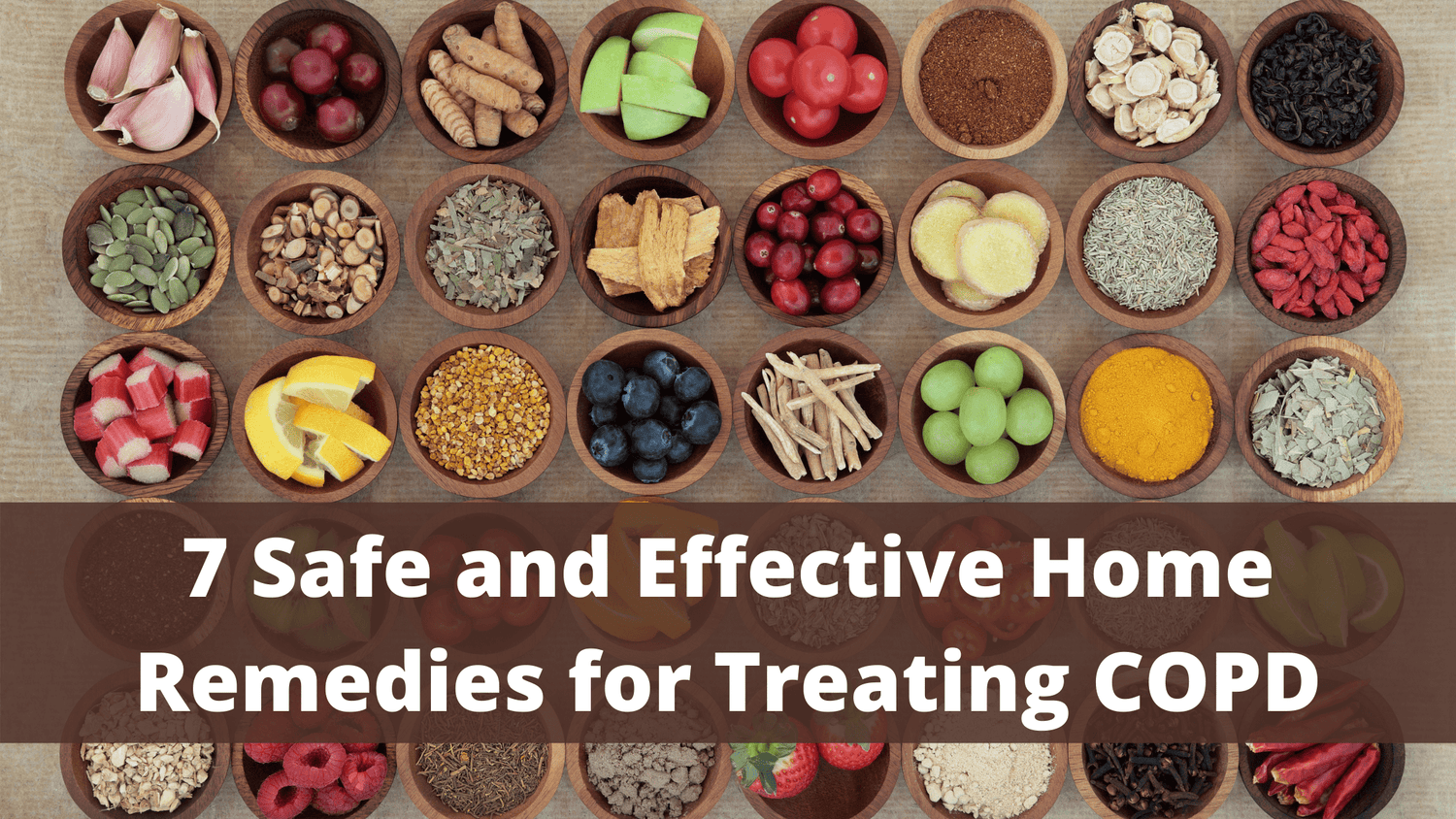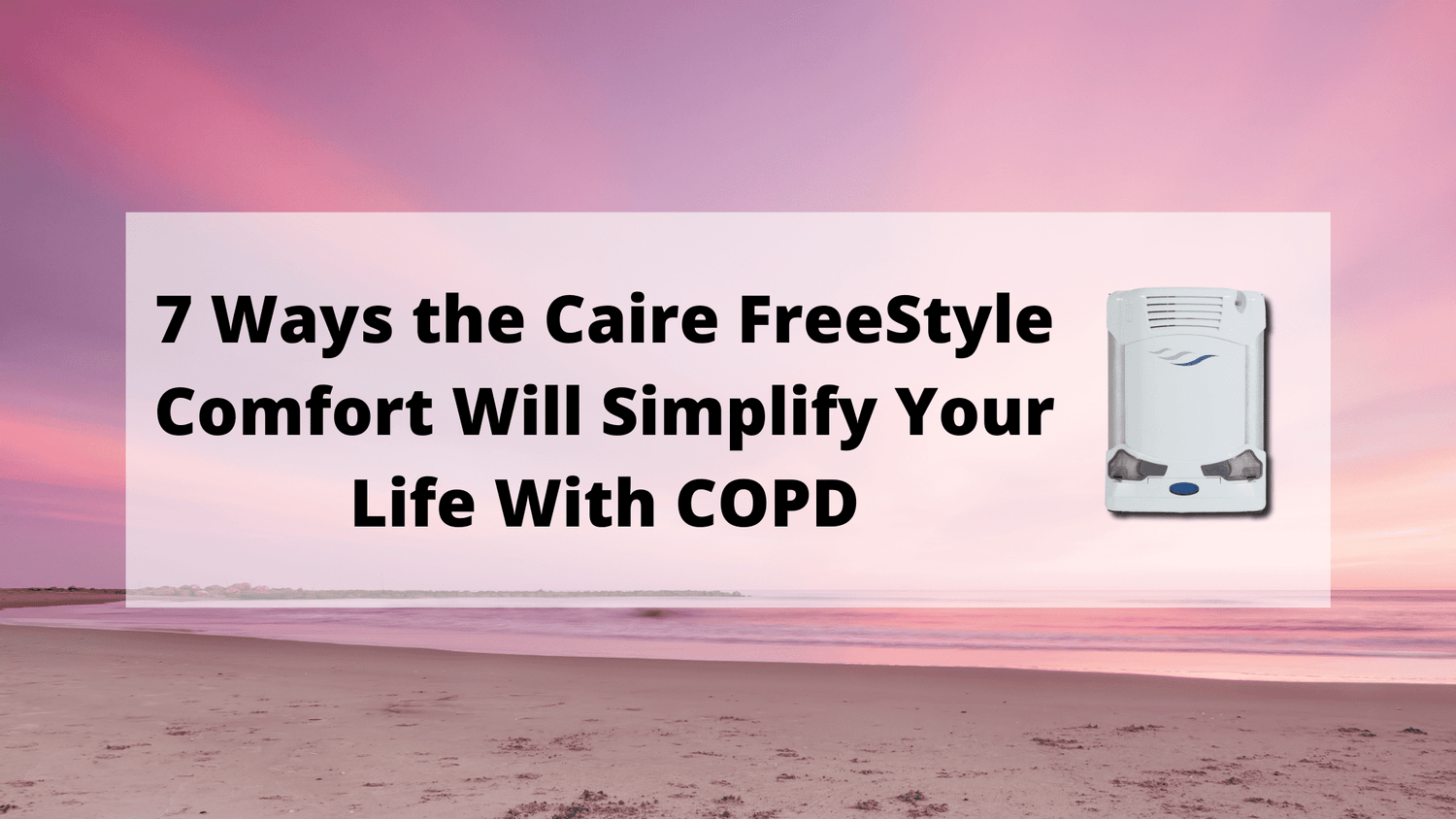Respiratory Resource Center - LPT Medical
7 Safe and Effective Home Remedies for Treating COPD
Managing chronic obstructive pulmonary disease (COPD) can feel like...
Read More7 Ways the Caire FreeStyle Comfort Will Simplify Your Life With COPD
From managing short- and long-term goals to exercising, eating...
Read MoreEnd-Stage COPD: How to Plan and What to Expect
Chronic obstructive pulmonary disease (COPD) is one of the...
Read More


